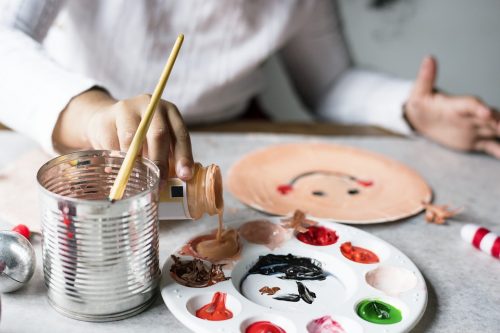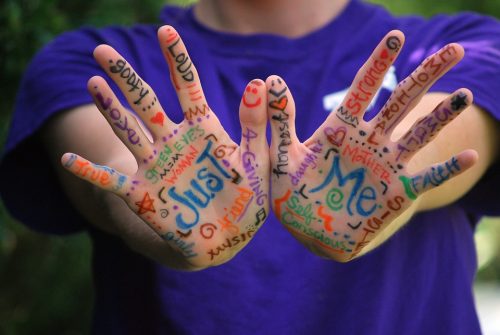Art Therapy: A Coping Mechanism For A Stressful Breakup
November 29, 2019

Source: pixabay.com
Once in our lives, we tend to experience a painful breakup with someone we love. That instant moment of devastation and extreme sadness from a failed relationship causes so many burdens on our mental and emotional state. In fact, the stress and depression that goes along with that painful experience can lead to severe health conditions that can damage our overall well-being. “Immediately after the separation it is normal for the brain to give a strong reaction to the lost relationship,” says Rhonda Freeman, Ph.D. Good thing there’s an enjoyable way of dealing with heartbreak, and that is what we call art therapy, because art can heal a broken heart.
What Is Art Therapy?
The expression of a person’s creative skill from his source of imagination is known as art. Creativity in counseling correlates in art therapy because it involves the encouragement of self-expression through drawing, painting, and modeling. It is a form of psychotherapy that is useful in remedial aid for the diagnosis of specific mental illness. It is a tool that allows access to our conscious and subconscious mind. “The use of art therapy for mental health purposes originated during the 1950s when it was found that art-making could assist in healing and coping with symptoms,” Katharina Star,
PhD, explains.

Source: pixabay.com
How Art Therapy Works
Art therapy focuses on our positive emotions where we tend to express our feeling through the use of different types of mediums. The images and colors we use in our drawings or paintings somehow represent a different meaning that is sometimes a product of our current or past situations. We tend to produce a hidden masterpiece using our subconscious mind, and that’s because our brain somehow tells us that we should create a piece of art not from a particular idea but rather out of our feelings. Those images soon represent our desire, hope, and dreams as well as our burden, fear, and pain gathered from our life experiences. pain gathered from our life experiences. “[I]t involves the application of a purposeful, meaningful art-based intervention in contrast to an art activity or art ‘project’,” says Cathy Malchiodi, Ph.D., LPCC.
Indulging in arts promotes personal progress which is beneficial when it comes to fighting depression and other mental illnesses. It releases a compelling balance in our human capacity for us to be able to recognize our capabilities in handling emotional and psychological trauma. It allows us to put our dilemmas into visual representation so we can learn to accept and understand the process of recovery to cope up with such devastating circumstances.

Source: pixabay.com
How Art Therapy Influences A Person
The opportunity of knowing our capabilities is essential when it comes to the conception of a product out of creativity and artistic skill. The creation of shapes, colors, volumes, and other marks in our masterpiece is somehow related to our emotional and psychological understanding. Art therapy helps us to determine that there are things that belong to us and there are those that do not. Hence, it gives us a clear view of what types of factors are useful in our life when it comes to decision making, social interaction, and personality development. Art influences us to discover certain parts of ourselves that we already have that we never seem to give importance to.
A toxic relationship causes severe types of stress and depression. Sometimes, it even puts us in a situation where we think that everything around us is pressuring us to become a better person. Learning art is an excellent way to express ourselves, explore our emotions, develop our self-awareness, improve social skills, and even resolve emotional distraught.
Another effective and convenient way to keep your mental health at bay is by talking to a therapist online through BetterHelp, where you can get in touch with someone at the comfort of your own home – 24/7. To learn more about it, watch these videos of client success stories, or read reviews from employees themselves on how they feel about working to provide healing.